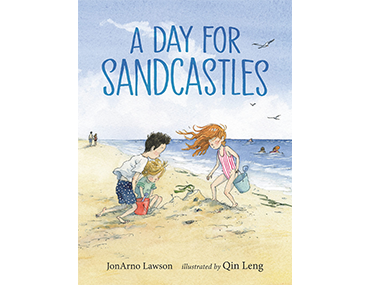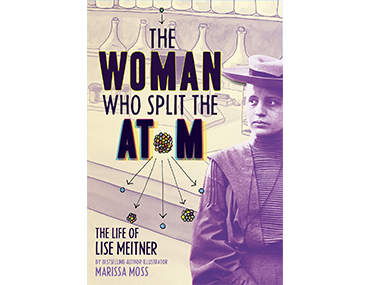Judit Polgár does a great job of showing kids how anything is possible. What happened was that a girl was taught how to play chess and she went to tournaments with very underrated odds and crushed adults with her skills.


Judit Polgár does a great job of showing kids how anything is possible. What happened was that a girl was taught how to play chess and she went to tournaments with very underrated odds and crushed adults with her skills.

The element that makes this book so captivating is the lack of a complete story until the very end. As the book progresses, many seemingly random flashbacks come together to form one cohesive whole. Throughout the book, you might find yourself questioning what really is happening and wondering if there’s something more to the relatively simple story of a family grieving.

I liked the part where Gus said so many rhyming words. I find it special because my grandma gave it to me. I could tell that Mavis Mole was frustrated that Gus wouldn’t listen. The rhymes are fun.

The story’s plot is expertly crafted, skillfully weaving together individual experiences and intricate connections that support the overall narrative. The book engaged me as a reader, as I was drawn to the small details (like a red hair bow), that tied it all together.

The characters in the book were very well written, I felt myself being mad/sad/happy for or at them, which is the marking of a clever book. The main character, Simon, went from a lonely, traumatized boy, to a happy, sociable, traumatized boy.

I really liked the plot. I found it very interesting and heart-warming. I loved how it shows the main character throughout a year as she discovers her sexuality and finds a family.

This book inspires young people to stand brave in the face of fear and injustice by highlighting a touching example of a mother who had to do the same. It shows young readers the racism and prejudice of the time while encouraging them to keep making change in the present. It is both educational and encouraging, while not shying away from darker themes.

I enjoyed the shifts between poetry and prose, depending on the character the author was writing about. I also enjoyed how the poetry about Savage’s sculptures were coupled with photographs of the sculptures.

I liked the book because I think it is cool that it doesn’t have any words so you can make up different versions of the story. The illustrations helped me understand what they are doing and how they are doing, and I think the pictures are very detailed so you can understand them well.

Teenagers have more power than they are often given credit for. Moonwalking is a book that inspires teens no matter their background or identity to fight for what they believe in. It is a story about art, and how change is made with art.

The March Children’s Book Committee’s Young Reviewer Post is from 15 year-old, Nikhil, from Englewood, NJ who rated The Peach Rebellion by Wendelin Van Draanen from Knopf Books for Young Readers as Excellent! Read more about his review on our website.

“The Woman Who Split the Atom,” a biography about Lise Meitner, tells a fascinating story about discrimination, perseverance, and science. Meitner is most well known for her groundbreaking work on the atomic bomb, and Marissa Moss does a fantastic job at bringing her story to life.

I liked that the book taught me about water shortages and it also had suspense.The main character was an interesting person and she had many challenges.The book also had an interesting plot. Something that made the plot interesting was that the story was so different from what happens here.

My two younger kids really enjoyed this book. They absolutely loved seeing the hard emotions and outbursts presented in a very relatable, non-judgmental way. (Fighting over seats at the kitchen table is a very real thing over here right now. I could literally see their excitement and relief over reading a book that made them feel ‘seen.’

One of my favorite books of the year. This Cold War story exposes the tribulations of living under the Ceaușescu dictatorship in Romania. The historical fiction is relevant in exposing this past history that still plays a part in current global conflict.